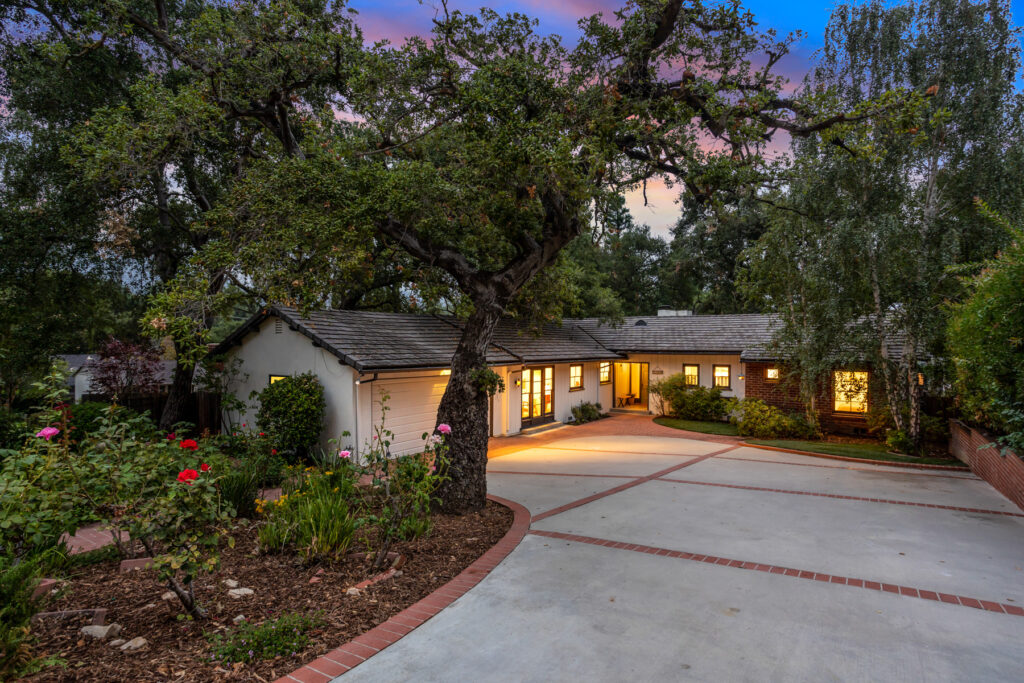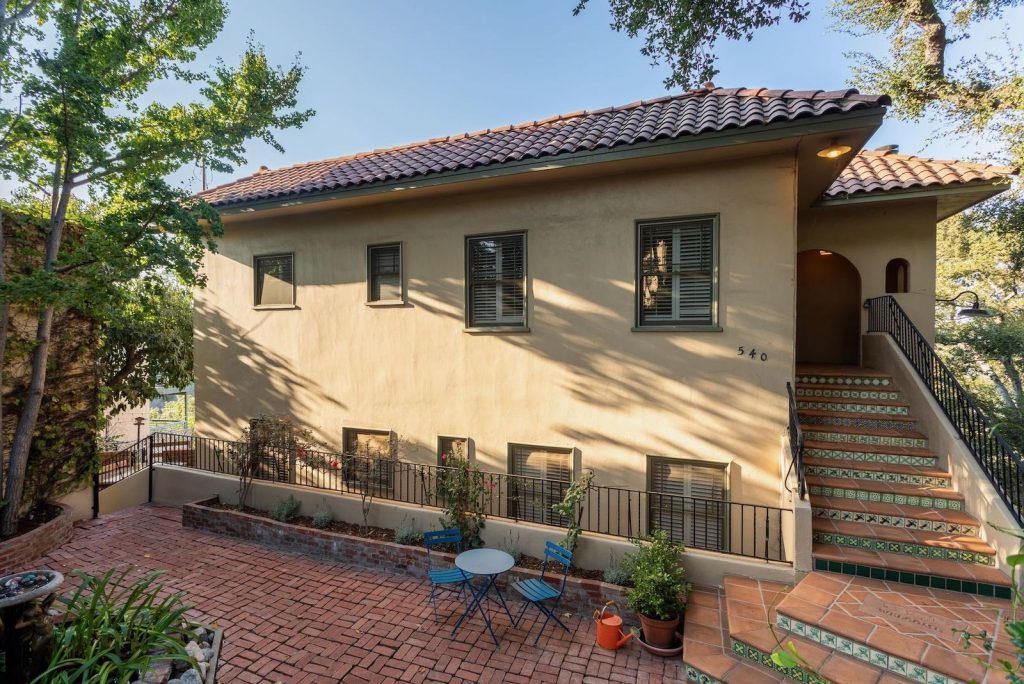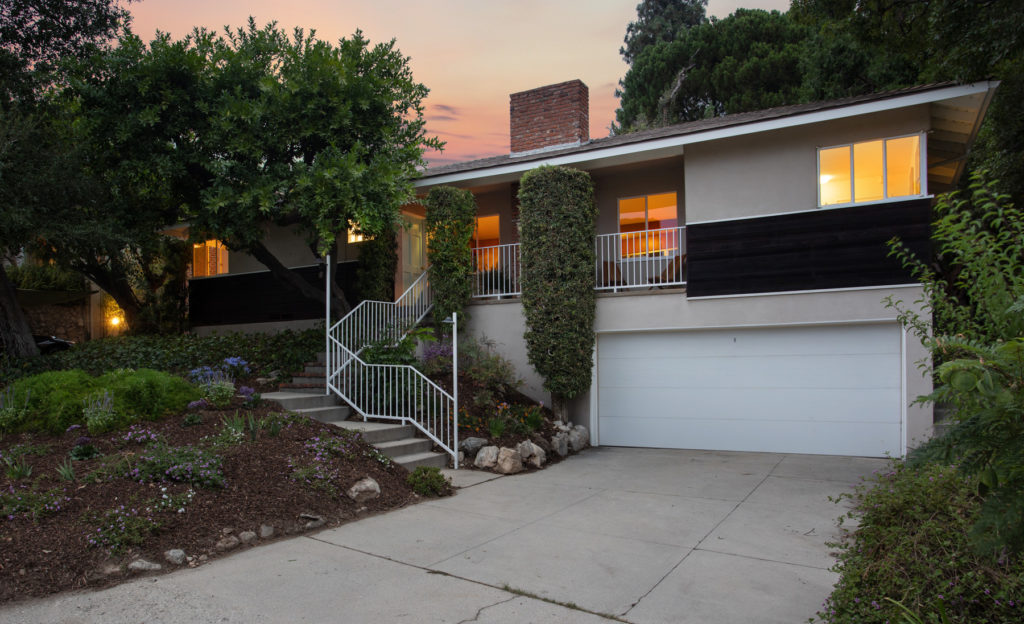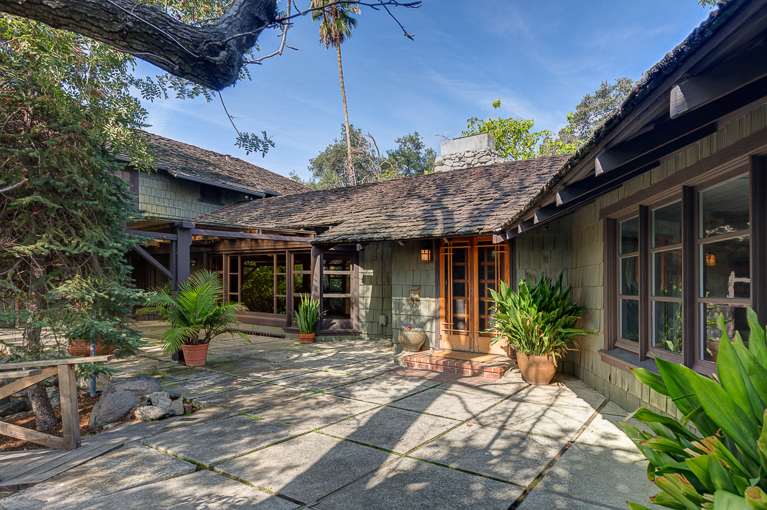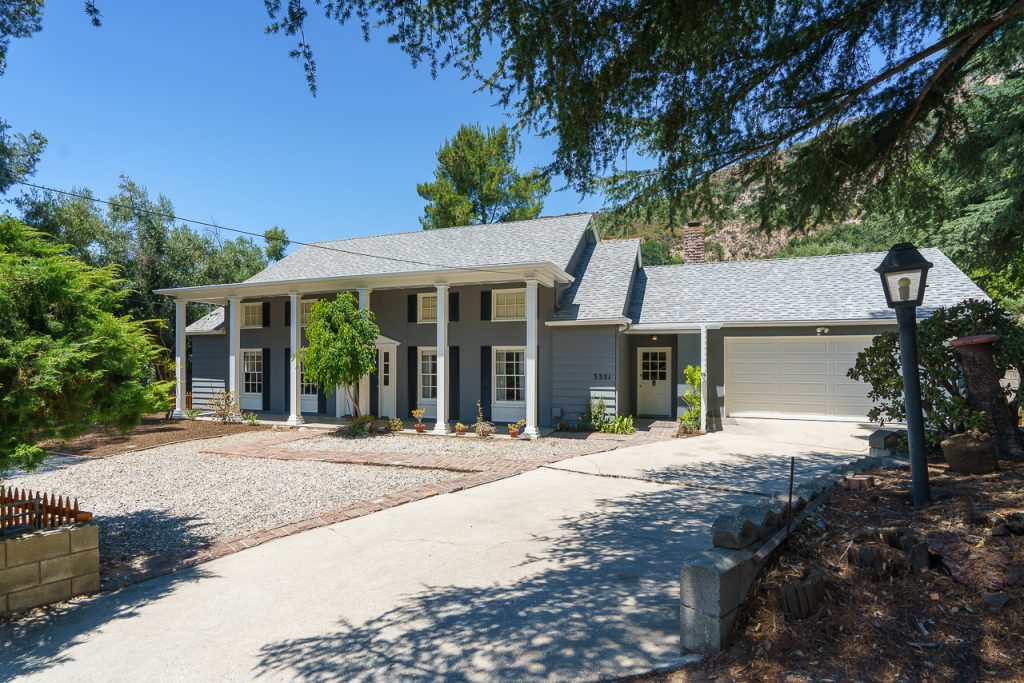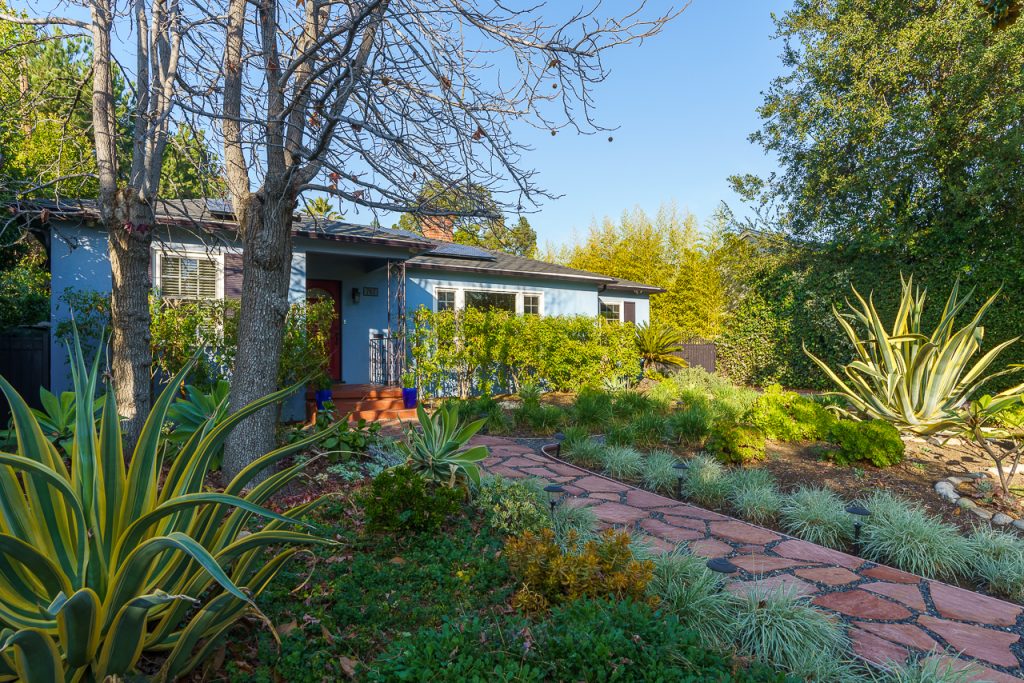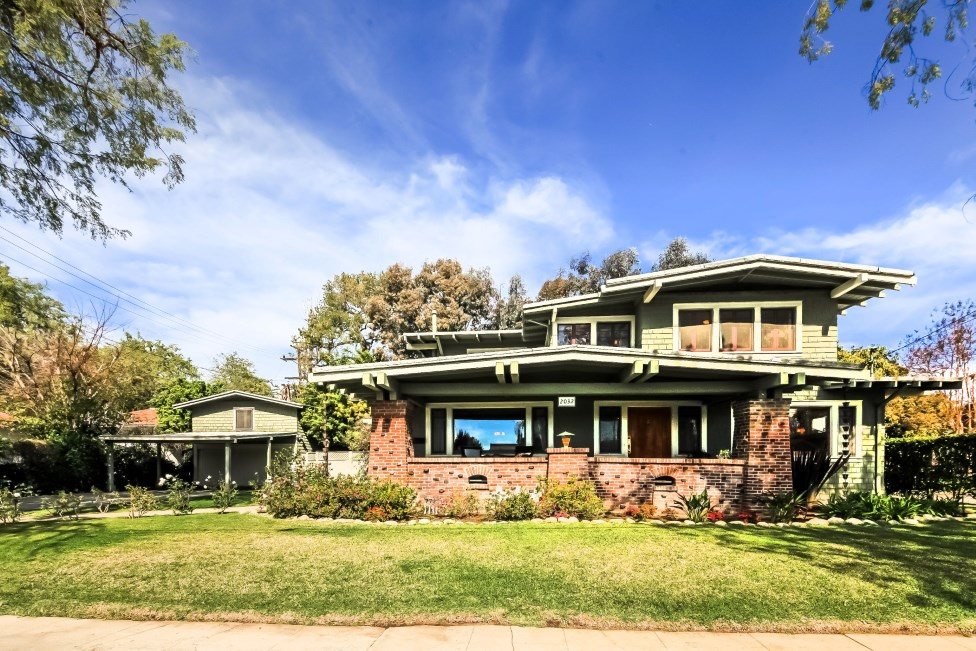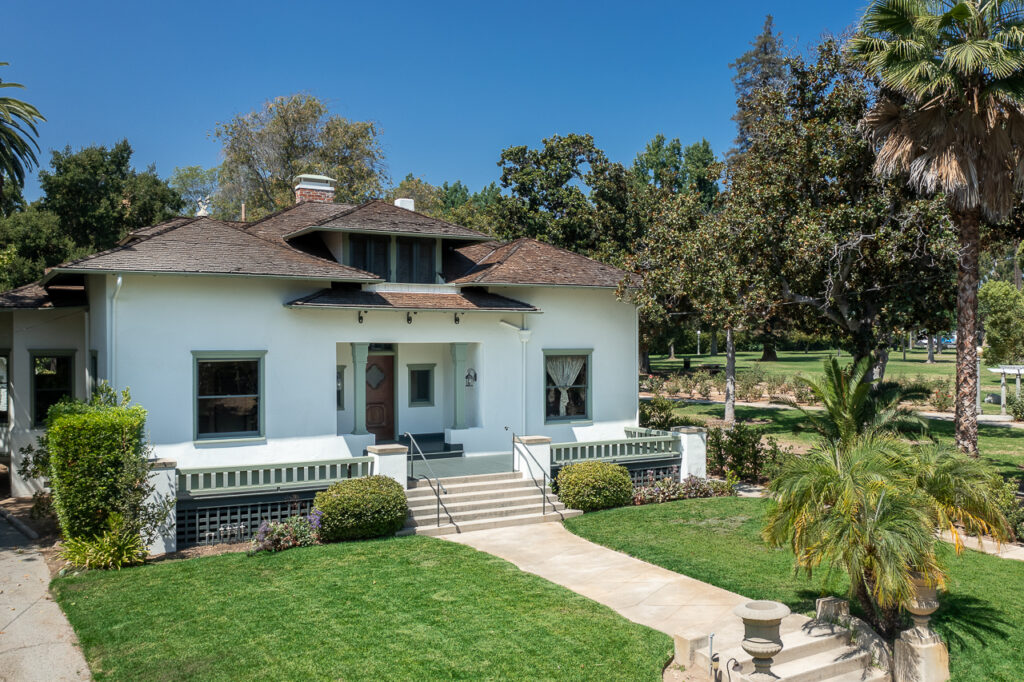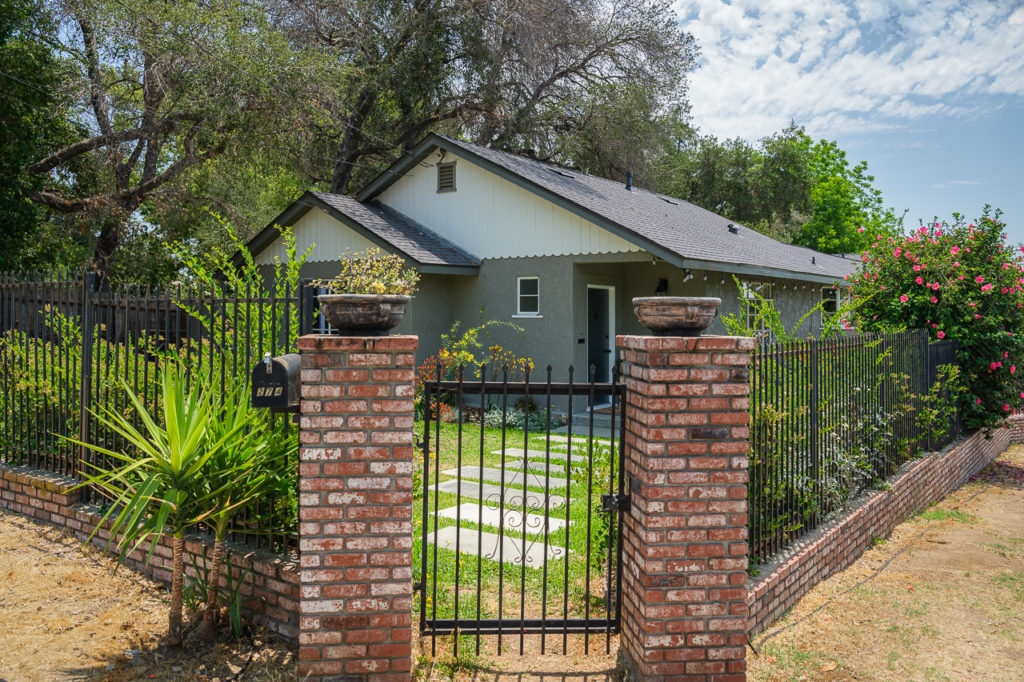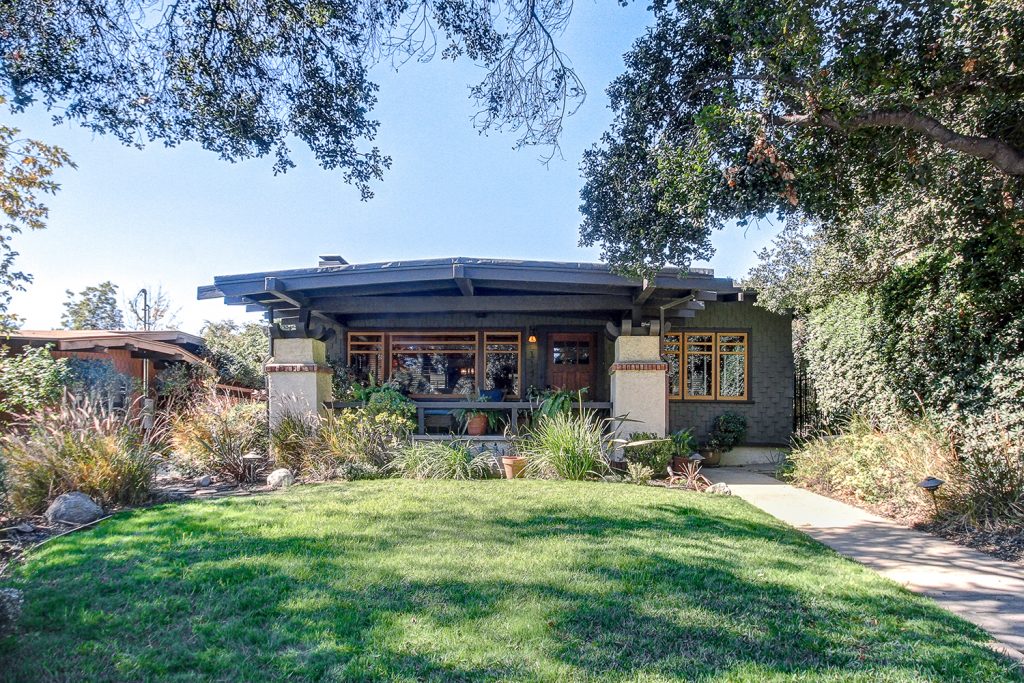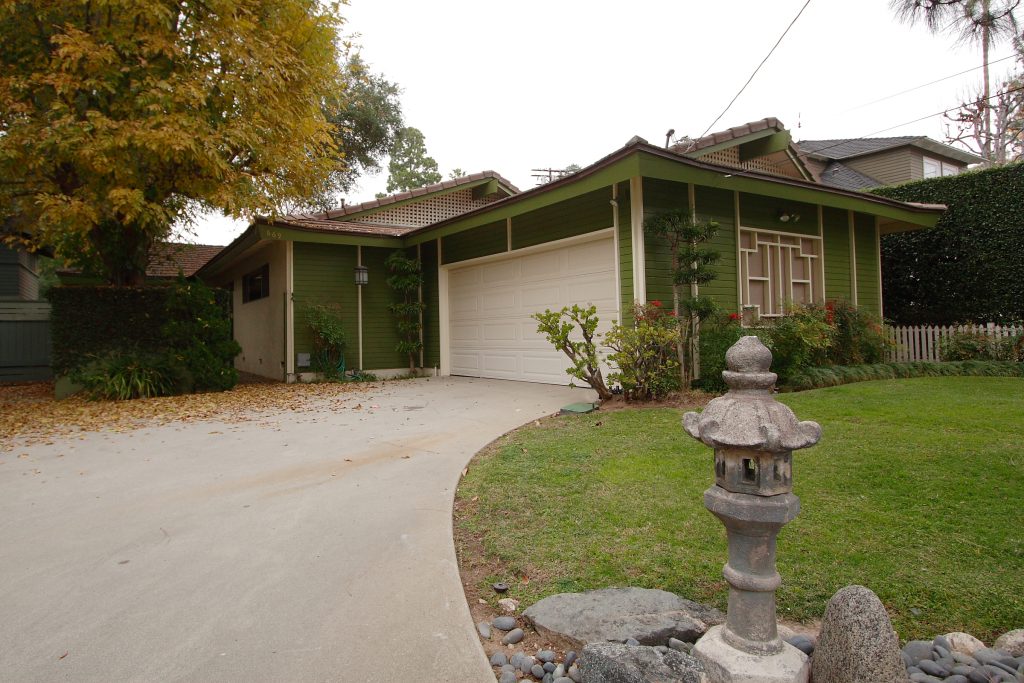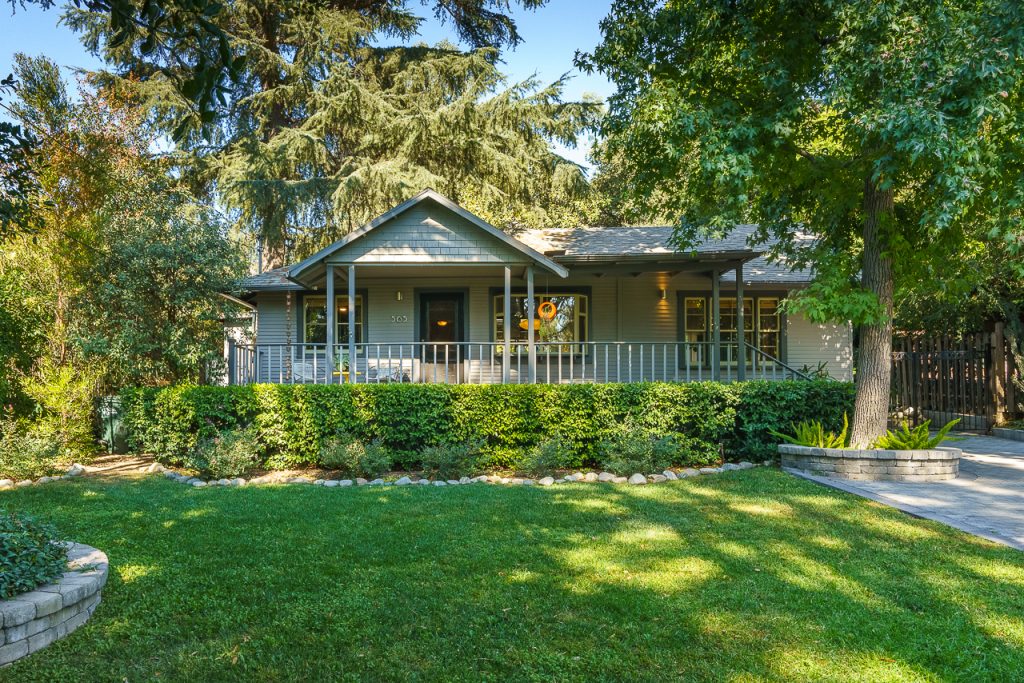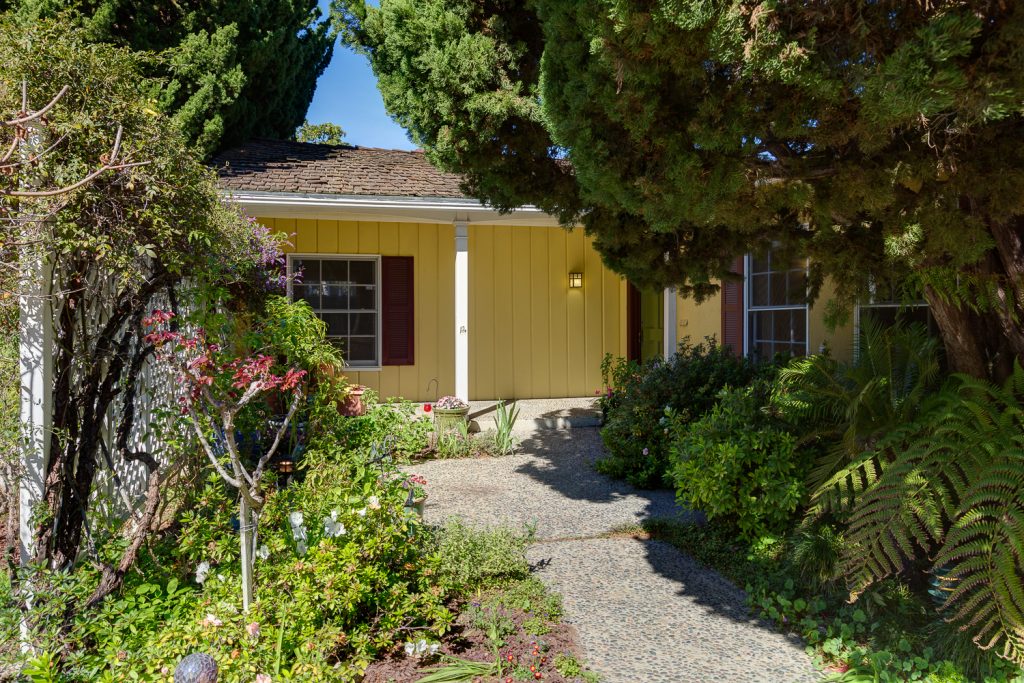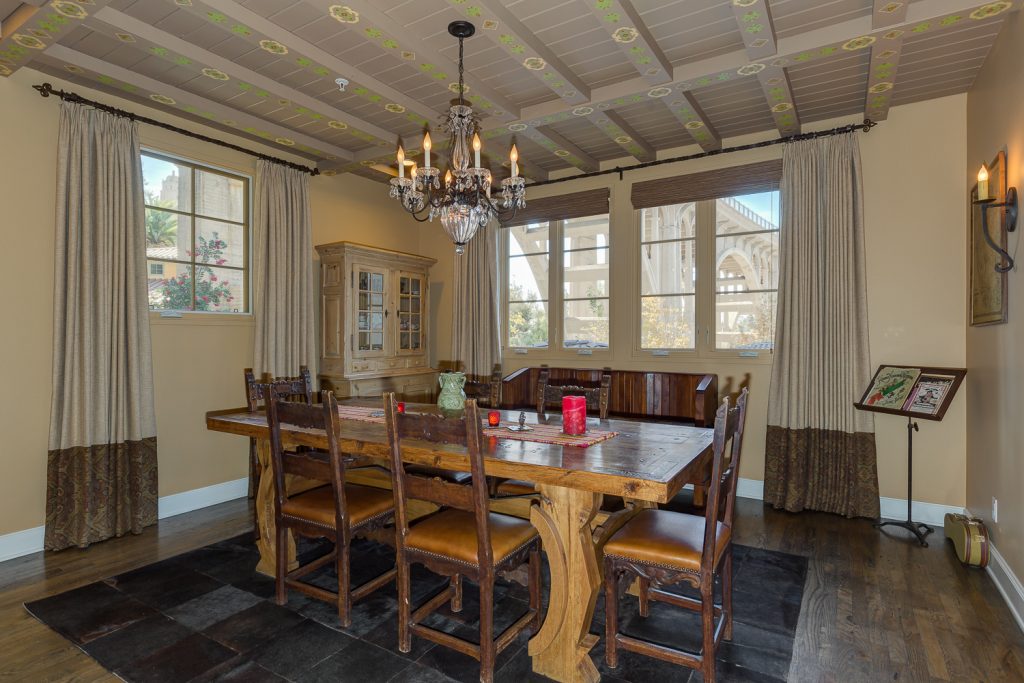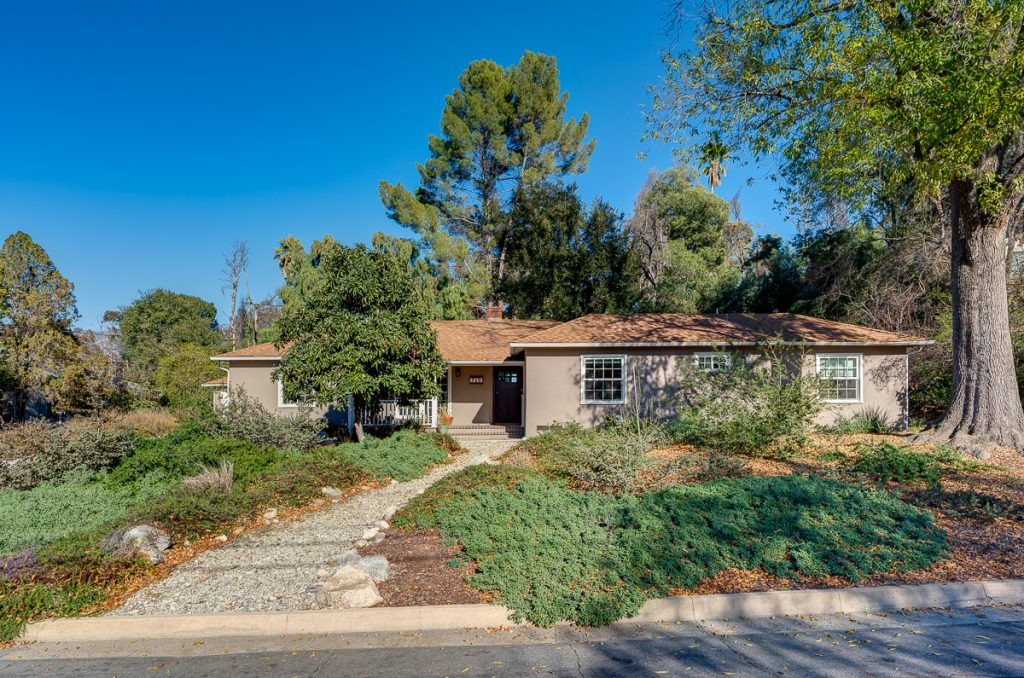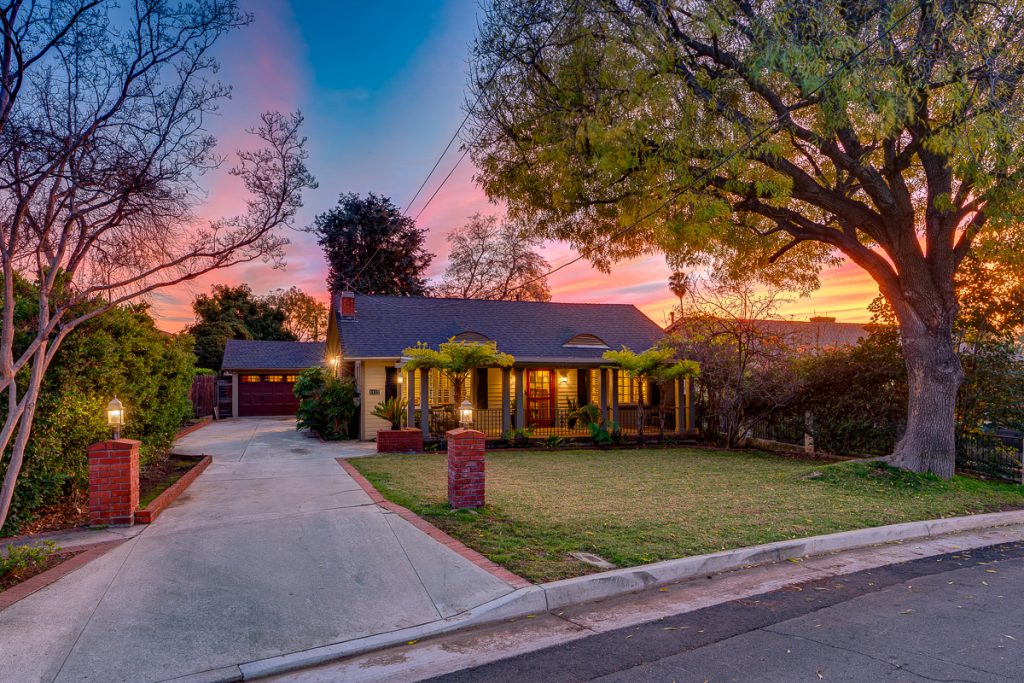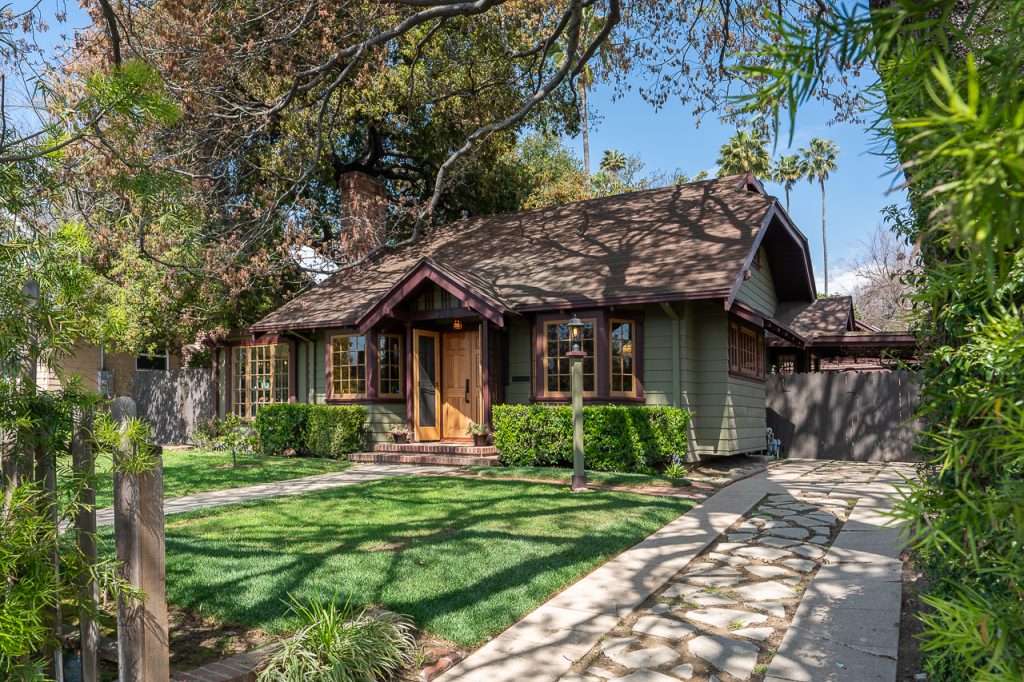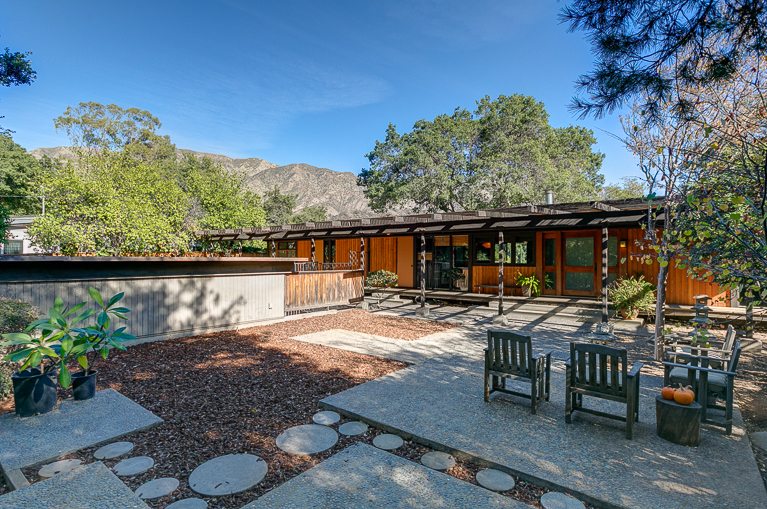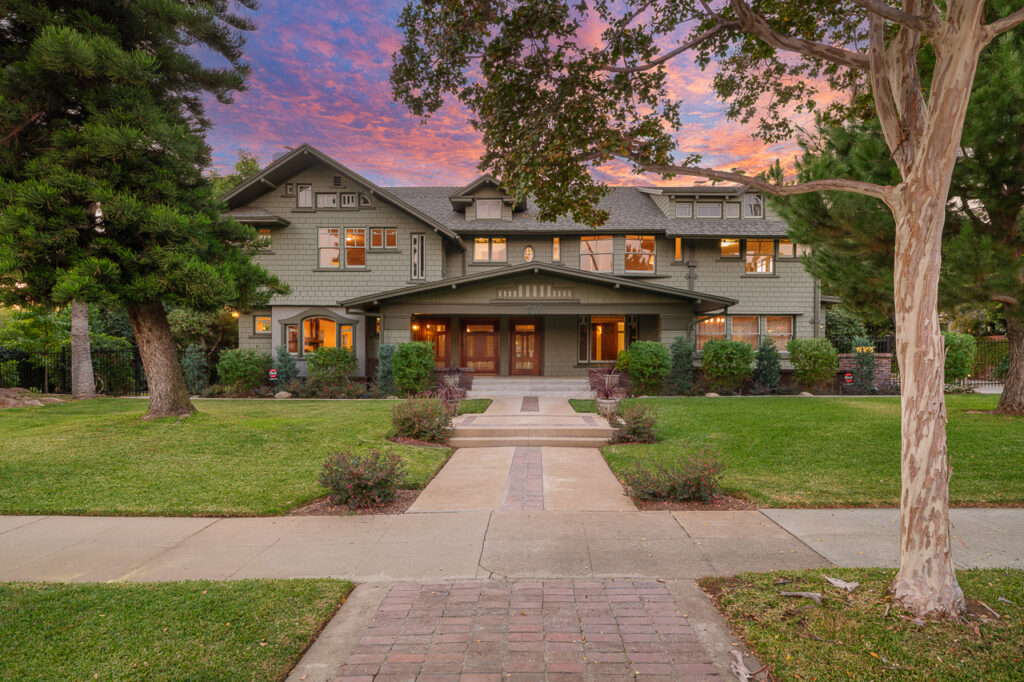Coldwell Banker
388 S. Lake Avenue,
Pasadena, CA 91101
office: 626.797.6500
Email: [email protected]
Going to sell the house? Don’t wait for ‘spring’ in February
PASADENA – Two years ago, owning a three-bedroom craftsman home in Pasadena was a dream Arturo and Olga Avon could never hope to attain.
Today, with the median home price lower than it has been for at least five years, the Pasadena couple – and many others like them – got a rare crack at owning such a home.
“We knew we’re getting a really good deal,” said Arturo, sitting in the living room of the Marengo Avenue craftsman the couple purchased in October for $329,000.
“Knowing that we couldn’t afford a home in Pasadena two years ago was hard,” said Olga, who added the couple had considered moving to less-expensive neighborhoods in Los Angeles or the San Fernando Valley before houses became affordable in their hometown.
But as in many cases in this new housing market, the Avons’ story has another, less-pleasant back story: The home they purchased sold in 2006 for $549,000, leaving its former owner with an unaffordable mortgage. It had to be sold to the bank at a loss.
A study of 10 homes sold in Northwest Pasadena in the past six months showed the same pattern. The homes were either foreclosed upon or were sold for a lower value to pay off a mortgage.
All the homes went for under $350,000, even though all of them had been bought by previous owners for much more just a few years earlier – more than $500,000 in many cases.
In April, the median sales price of a home in Pasadena was $462,500, compared to $620,000 a year ago.
Since then, many of the best deals have turned up in the 91103 area code of Northwest Pasadena, said local Realtor Doug Willis.
But, he added, as foreclosures continue to spread throughout the city, prices have also begun to fall elsewhere in Pasadena.
“You saw it start in the heart of 91103 and then move west towards neighborhoods around the Rose Bowl, and now you start to see lower prices in the eastern parts of the city,” said Willis.
Lower prices, along with low interest rates and a new $8,000 federal tax credit for borrowers has made the local market more affordable, but also more competitive. It’s still a buyer’s market, but more buyers are taking the plunge, several home-shoppers said.
Sean Pinto, a 27-year-old database administrator looking for a home, said he bid on several places in Pasadena, only to see his price beat out time and again by a lower bid.
“It’s been miserable,” said Pinto. “Once it was affecting my sleep, my relationships, I had to pull back for a while.”
He said he still wants a home in Pasadena, Monrovia, or nearby while prices are low, but he’s found that other buyers are willing to pay more or can afford to put more cash up-front.
“Some of the houses have gone for less than I bid because the buyer had the cash in hand,” he said.
A more competitive market has also made it harder for lower-income buyers. While many low-income buyers were able to purchase homes a few years ago when lending standards were looser, most now can’t come up with the higher down payments banks and other lenders are requiring, said La Canada Flintridge-based Realtor Phyllis Harb.
“If you want to compete with other buyers, you need to put down at least 10 percent,” said Harb, adding she’s received lots of inquiries from buyers who qualify for federal loans that ask for only a 3.5 percent down payment.
Whether increased competition in the market leads to higher prices in the near future is difficult to predict at the moment, said Willis. The market could end up being very turbulent if interest rates on new loans begin to climb. That could force out some buyers, leading prices to drop right back down, he said.
So is it a good time to buy?
“Real estate people will tell you it’s always a good time to buy,” said Willis. “It is competitive… but people are thinking, `If I don’t get in now, when am I going to be able to?”‘
January 10, 2010 | Mary Umberger, Chicago Tribune
It’s nearly spring — at least that’s the case in the parallel, slightly weird universe of real estate.
Traditionally, the “spring” home buying season, theoretically the busiest time in the marketplace, begins the day after the Super Bowl. Why this is so has never been clear, but it probably has something to do with finally being able to pry spouses off the couch to tour houses.
This year, “spring” arrives later than usual: The big game is Feb. 7.
But if you’re thinking of selling, waiting to list until the bowl festivities have passed probably is a mistake in the current market, according to some experts.
If you’re new to the selling game or haven’t sold a house in years, here are a few thoughts:
* Think about planting that “for sale” sign in the yard before your neighbor gets around to doing the same thing.
“We’re going to see a lot of property coming on the market,” said James Kinney, vice president of luxury home sales for Chicago-based Baird & Warner Real Estate. “We’re going to see everything that people took off the market in the fall, knowing they were going to be back in the spring.”
Plus there will be genuinely new listings in addition to the continuing cascade of foreclosures and short sales, he said.
* Don’t be surprised if, in determining an asking price, listing agents emphasize how much the competition is asking, rather than relying solely on data for recently sold homes.
Agents have always at least considered what else is on the market in setting an asking price, said Jim Merrion, regional director of Re/Max Northern Illinois.
“Now there’s more weight being placed on the current inventory, because in many cases it’s pushing prices to lower levels,” Merrion said. “I don’t know if it’s the effect of HGTV shows or what, but now we’re seeing agents taking sellers right into active listings” to get a true comparison of what they’re up against. “That never used to happen.”
Still, there’s a danger in relying too much on what the guy down the street is asking.
“An awful lot of listings are wrongly priced,” Kinney said. “If people use those as a guidepost, they could get into trouble. Do a combination of historical data and looking at who you’re competing against, once you’ve determined whether they’re valid prices.”
* And then there’s the thorniest issue: Most people have inflated notions of their home’s value in this boom-gone-bust market.
Experimenting with trying to net a price that’s rooted in the past can taint a house as an “old” listing, Kinney said.
“If you’re asking a price commensurate with or higher than prices achieved in 2006 and 2007, you’re incorrectly priced,” he said.









